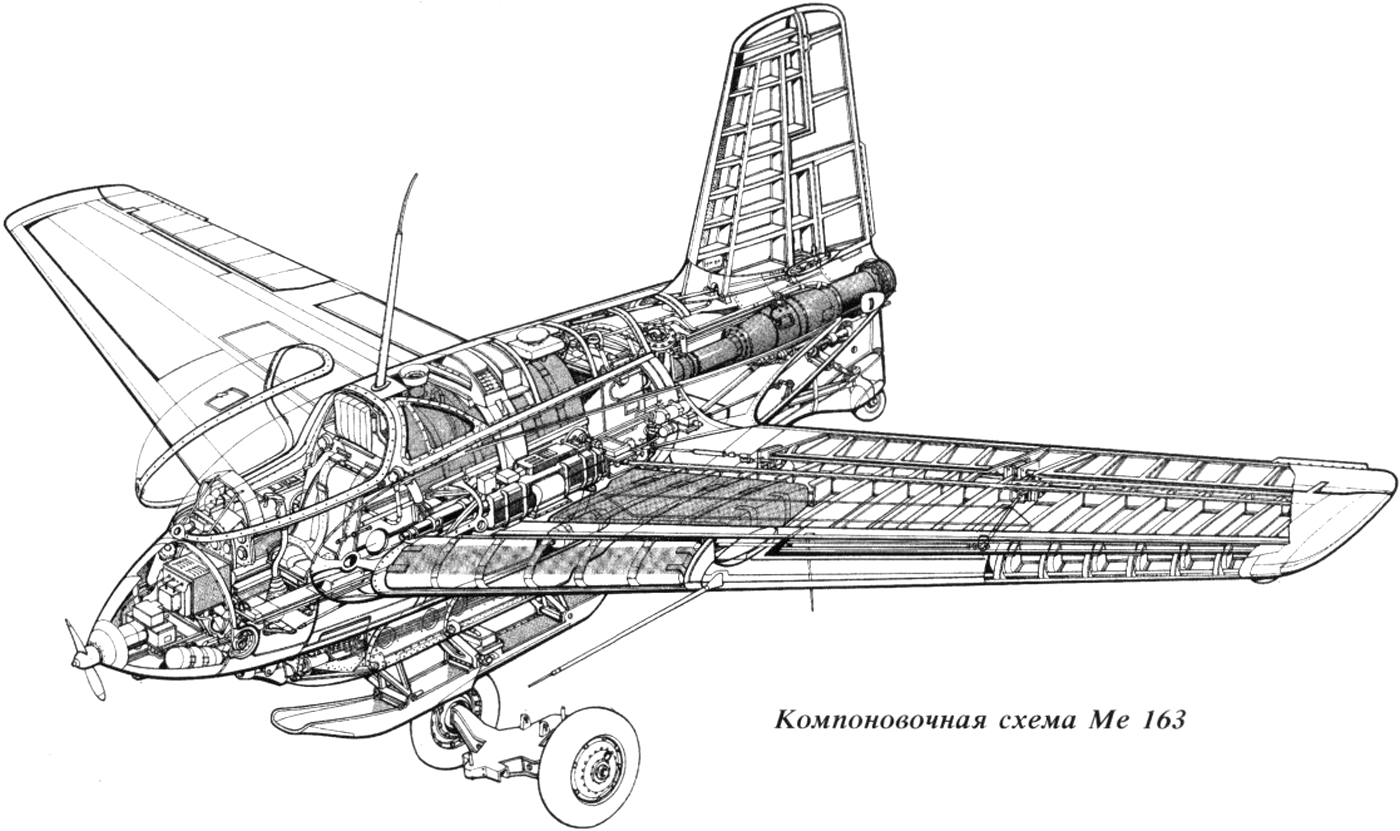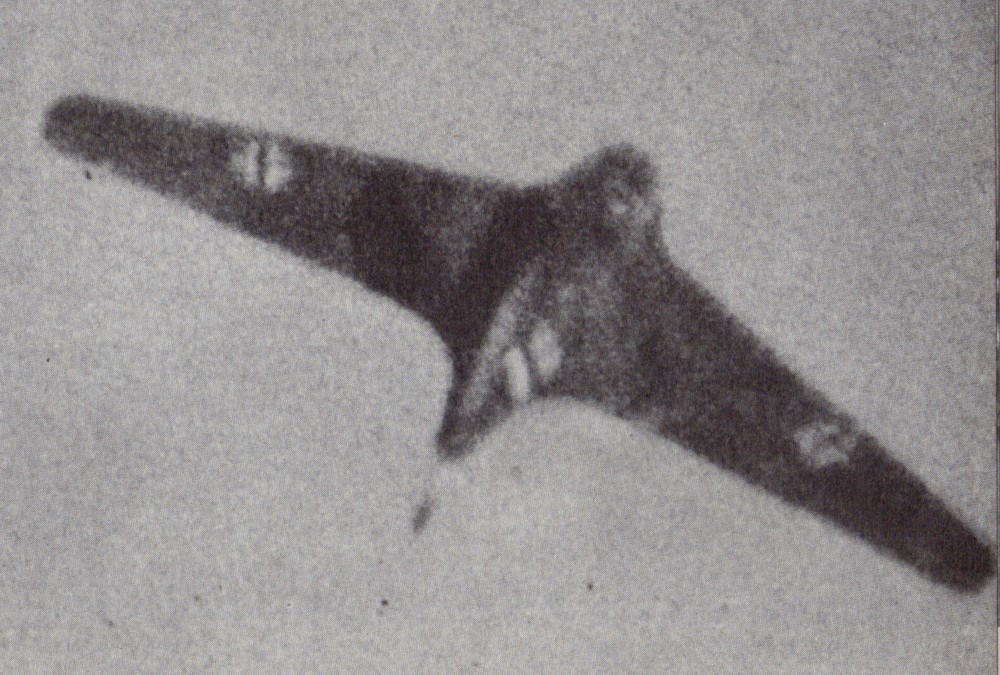
- For PC
- For MAC
- For Linux
- OS: Windows 7 SP1/8/10 (64 bit)
- Processor: Dual-Core 2.2 GHz
- Memory: 4GB
- Video Card: DirectX 10.1 level video card: AMD Radeon 77XX / NVIDIA GeForce GTX 660. The minimum supported resolution for the game is 720p.
- Network: Broadband Internet connection
- Hard Drive: 17 GB
- OS: Windows 10/11 (64 bit)
- Processor: Intel Core i5 or Ryzen 5 3600 and better
- Memory: 16 GB and more
- Video Card: DirectX 11 level video card or higher and drivers: Nvidia GeForce 1060 and higher, Radeon RX 570 and higher
- Network: Broadband Internet connection
- Hard Drive: 95 GB
- OS: Mac OS Big Sur 11.0 or newer
- Processor: Core i5, minimum 2.2GHz (Intel Xeon is not supported)
- Memory: 6 GB
- Video Card: Intel Iris Pro 5200 (Mac), or analog from AMD/Nvidia for Mac. Minimum supported resolution for the game is 720p with Metal support.
- Network: Broadband Internet connection
- Hard Drive: 17 GB
- OS: Mac OS Big Sur 11.0 or newer
- Processor: Core i7 (Intel Xeon is not supported)
- Memory: 8 GB
- Video Card: Radeon Vega II or higher with Metal support.
- Network: Broadband Internet connection
- Hard Drive: 95 GB
- OS: Most modern 64bit Linux distributions
- Processor: Dual-Core 2.4 GHz
- Memory: 4 GB
- Video Card: NVIDIA 660 with latest proprietary drivers (not older than 6 months) / similar AMD with latest proprietary drivers (not older than 6 months; the minimum supported resolution for the game is 720p) with Vulkan support.
- Network: Broadband Internet connection
- Hard Drive: 17 GB
- OS: Ubuntu 20.04 64bit
- Processor: Intel Core i7
- Memory: 16 GB
- Video Card: NVIDIA 1060 with latest proprietary drivers (not older than 6 months) / similar AMD (Radeon RX 570) with latest proprietary drivers (not older than 6 months) with Vulkan support.
- Network: Broadband Internet connection
- Hard Drive: 95 GB
From 15:00 GMT August 15th to 15:00 GMT August 16th
20% discount for purchasing Me.163B
The Messerschmitt Me 163 ‘Komet’ (English: Comet) was originally designed by Dr Alexander Lippsich, and was the result of a long line of experiments of tailless airplanes and gliders. Under the employment of Messerchmitt in 1939, he created the first working prototype, utilising a rocket engine in place of regular piston engines. However, it was not until 1941 that the Me 163 as we know it now emerged.
The Me 163 was the fastest plane in existence up until 1947, when the record was to be broken by the Douglas D-558-1 Skystreak, a research plane. This puts into the perspective the relative speed of the Me 163. However, this did not come without any drawbacks. The rocket engine itself was very volatile, and was susceptible to spontaneous combustions if not handled properly. Moreover, the shape of the plane itself meant that it could not take off by conventional means, but had to use a wooden skid to escort it off the runway.
Although the state-of-the-art rocket propulsion engine had its drawbacks, it was necessary to use it to achieve the highest possible speeds at the time, in order to carry out bomber interceptions quickly and efficiently. However, this immense speed proved to be more of a drawback than an advantage, as it entailed a very steep learning curve for new pilots. In addition, the benefits of the engine - the added speed - ceased to be of use once the aircraft came in contact with enemy bombers, while all its drawbacks, such as its low cockpit visibility, stayed.
Me-163 shot dowm by USAAF P-47 from 8 Air Force |
The first combat that the Me 163 saw was on the 29th July, 1944 in Brandis, near Leipzig. The target was a group of USAAF B-17 ‘Flying Fortress’ bombers, on a mission to bomb the Leuna oil refinery near Marseburg. The German planes engaged the targets from the back, at a slight angle, approaching them from a speed of about 950 kp/h. The Allied bombers, having never seen something reaching such speeds, broke formation and called off the attack. However, even with this element of surprise, the Me 163’s did not manage to actually score a single kill, as their extremely high velocity meant that aiming was difficult, and they overshot the bombers completely.
After that incident, the Me 163 pilots devised a new tactic. It consisted of climbing at a steep angle, expending their entire fuel tank in the process, and the attacking whilst diving, using gravity and drag to their advantage. However, even with this change in strategy, the Me 163 fell short of the new P-51’s and P-38’s, whose pilots quickly learned to leave the Komets alone while they did their climb, and attack when they finished their dive - at a much lower speed than usual.
Although the Me 163 proved to be the pinnacle of German engineering at the time, it was not a practical development. The Komet scored only 9 kills, while losing 14 of its own. The Me 163 now serves in several museums worldwide, as a tribute to the failed project.
.jpg)





